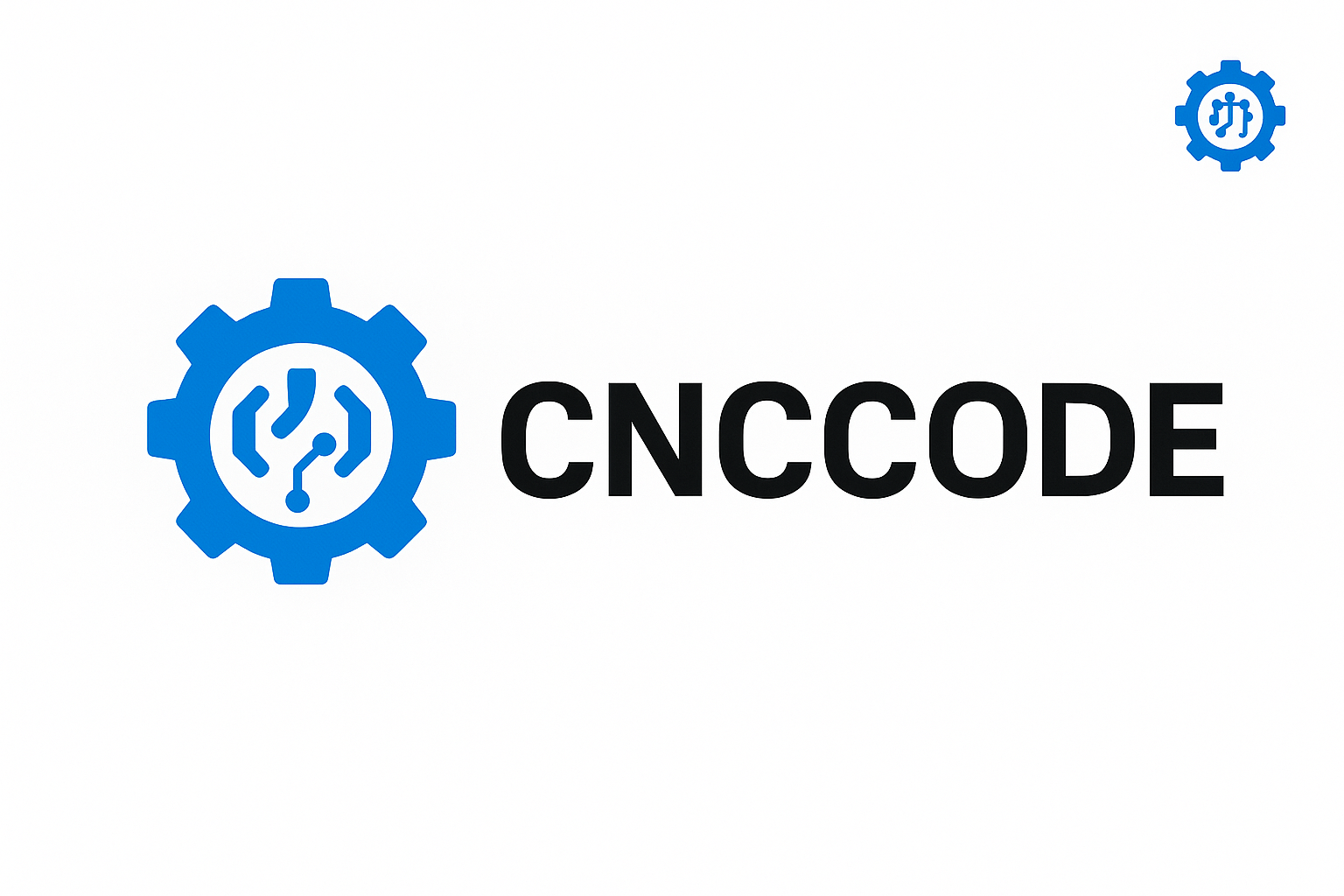Learn how to operate CNC machines safely in 2025 with this complete safety guide. Includes protective equipment, common hazards, machine maintenance tips, and OSHA/ISO compliance for professional and hobbyist use.
CNC Machine Safety & Best Practices: The 2025 Guide for Operators & Hobbyists
CNC machines can significantly increase productivity and precision—but without proper safety protocols, they also pose serious risks. From flying debris and tool breakage to electrical hazards and software errors, CNC operators must follow specific safety standards to protect themselves, their team, and their equipment. Whether you’re working in a professional shop or building projects in your garage, this 2025 safety guide is a must-read.
Why CNC Safety Matters More Than Ever
- Increased Speeds: Modern machines run faster and require more reactive safety strategies.
- Automation Risks: Robotic tool changers and auto-feed systems can introduce new hazards.
- Material Challenges: Machining composites, carbon fiber, or metals requires unique safety measures.
- Workplace Regulations: OSHA fines and ISO compliance are stricter than ever in 2025.
Common CNC Machine Hazards
| Hazard | Description | Prevention |
|---|---|---|
| Flying Chips | Debris from cutting tools | Use proper chip guards and eye protection |
| Tool Breakage | Fractured end mills or bits | Proper speeds, feeds, and tool inspection |
| Entanglement | Loose clothing caught in spindles | Avoid baggy clothes and jewelry |
| Fire Risk | From flammable materials or coolant | Have extinguishers nearby, avoid dry cutting metals like magnesium |
| Noise | Long-term hearing damage | Wear industrial hearing protection |
| Electrical Shock | Faulty wiring or poor grounding | Regular machine inspections and certified installations |
Personal Protective Equipment (PPE) for CNC Operators
- Safety glasses with side shields (ANSI Z87.1 compliant)
- Cut-resistant gloves (only when not near rotating tools)
- Steel-toe boots for heavy parts handling
- Earplugs or earmuffs
- Properly fitted workwear (no hoodie strings, loose sleeves, etc.)
Shop Best Practices
- Always dry-run a program before cutting material.
- Ensure emergency stop (E-Stop) buttons are functional and accessible.
- Keep a clean and well-lit workspace.
- Never override safety interlocks unless in maintenance mode.
- Log and report all incidents, even near-misses.
Machine Maintenance & Inspection Tips
- Check spindle runout and toolholders monthly
- Lubricate moving parts as per manufacturer schedule
- Test cooling systems weekly
- Inspect wiring for wear or damage every 3–6 months
- Back up control software and check for firmware updates regularly
Automation & Robot Safety
If your CNC machine uses robotic loading/unloading arms or automatic pallet changers:
- Install light curtains or laser scanners
- Use collaborative robots (cobots) with safety-rated stop functions
- Perform safety interlock testing weekly
OSHA & ISO Safety Standards (2025)
Operators should familiarize themselves with:
- OSHA 1910.212: General Machine Guarding
- ISO 23125: Safety of CNC Lathes
- ISO 16090: Safety of Milling Machines
- NFPA 79: Electrical Standard for Industrial Machinery
Safety for CNC Hobbyists & DIY Users
Even in home garages, CNC safety must be a top priority:
- Use enclosures for all desktop CNC builds
- Don’t leave the machine unattended during a job
- Install a fire-rated switch and proper grounding
- Use surge protection and monitor your spindle temps
Emergency Preparedness
- Know where your circuit breaker and E-stop are located
- Have a clear, unobstructed exit path from your machine area
- Install fire alarms and CO2 or Class D extinguishers nearby
- Train all users on basic first aid and how to cut machine power
Conclusion
CNC safety is not optional—it’s an essential part of successful machining. Whether you operate a 5-axis industrial mill or a tabletop desktop router, following best practices will help you avoid injury, reduce downtime, and extend the life of your machine. Remember: A safe workshop is a productive workshop.
Share this safety checklist with your team or CNC community, and bookmark cnccode.com for more best practices, downloadable safety posters, and video tutorials coming soon.

Leave a comment